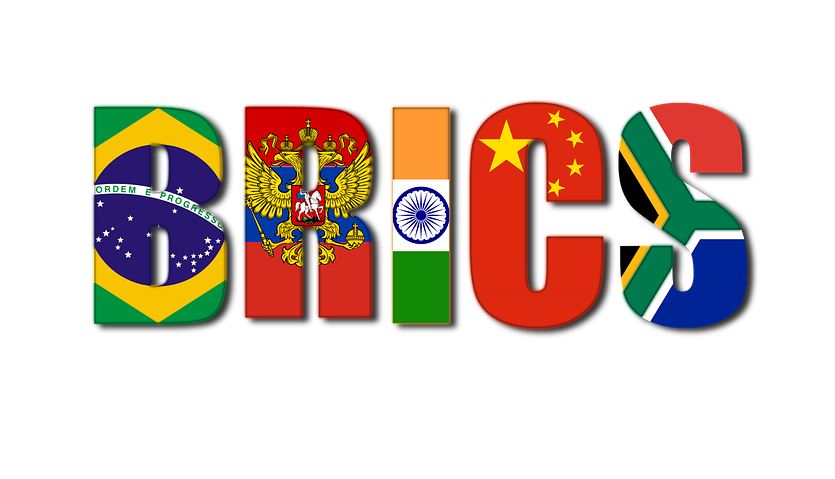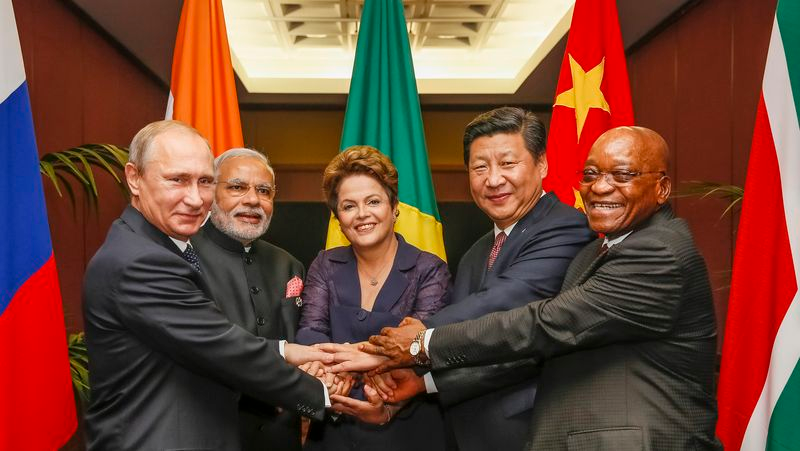In BRICS 2022, is China still the most successful? BRICS 2022 is a collection of Brazil, Russia, India, China, and South African nations. The term BRICS represents the shifting economic balance of power. This power would eventually dominate the world economy and bring a new era of global governance.

When the term was first coined, these nations were profitable markets but not yet fully flourishing. As the BRICS nations had not yet reached their full potential, the topic of BRICS became the talk of Wall Street and London.
Things started taking a positive turn because the bloc’s leaders began holding regular meetings. They even established a $100 billion development bank and invited South Africa to complete the acronym. BRICS represents nearly a quarter of the world’s GDP. Together, they make up 45% of the world’s population.
Let us take a look at how BRICS is doing in 2022, twenty years after creation.
The Beginning of BRICS
From 1990 to 2014, these nations increased their share of the global GDP from 11% to over 30%. However, the effects of the global financial crisis were severe. This is because Goldman Sachs closed its BRIC investment fund in late 2015. This was done after its assets’ value fell by 88% from its peak in 2010. However, the group still meets and discusses a shared ambitious agenda.
The BRICS are diverse. They can be seen in 2 parts:
- Those who used globalization to sell their rich and diverse natural resources (mainly China and India)
- Those who used it to integrate themselves into global supply chains (primarily Brazil, Russia, and South Africa).

BRICS in 2022: Nations in Terms of Revenue
China
By GDP, China is now the second-largest economy in the world. It is on track to exceed the US in the next years. China generated less than 3% of the value of the world’s industrial output in 1990. By 2015, it had increased to around 25%. And as China’s ability to manufacture goods declined, so did its middle class.
China made up 0% of the global middle class in 1990. By 2015, it made up 16%. Now, 350 million Chinese people are anticipated to join by 2030.
India
India’s development is almost the same, although it prioritised services over manufacturing. Services comprise over 61% of its GDP, concentrating on IT. India is among the top exporters globally, with an annual export of $108 billion in IT services. And the development of the middle class in India is similar to that in China.
India went from 1% of the world’s middle class in 1990 to 8% in 2015. Plus, experts predict an additional 380 million Indians will join by 2030.
Brazil
In the meantime, the situation with the other BRICS nations is very mixed. It is common knowledge they made it due to their natural resources—Brazil trades in raw materials, including soybeans, iron ore, and crude oil. Between 2003 and 2014, innovative social measures and the financial windfall helped pull 29 million Brazilians out of poverty.
Brazil’s poor people are undoubtedly the Western hemisphere’s biggest winners of globalization.
South Africa and Russia
To assist its economy recover from apartheid, South Africa also utilized its natural resources. The country used rare gems and metals like gold, diamonds, and platinum. The nation exported $27 billion worth of commodities in 1990. By 2011, that amount had nearly doubled.
On the other hand, Russia spent the 1990s reconstructing itself from the remains of the Soviet Union. Fortunately, the nation has access to plenty of energy resources. These included crude oil, natural gas, metals, and minerals, which have helped it stabilize. Only 11% of Russians lived in poverty in 2012, down from 29% in 2000.
BRICS in 2022: Corruption within the BRICS nations
These five nations have all experienced corruption to varying degrees. However, because of their growing significance to the world economy, the focus is now greater than ever. However, some BRICS nations have managed it more efficiently than others.

Again in the lead, Chinese President Xi Jinping is using a massive, multi-year anti-corruption campaign. He had nearly 300,000 CCP officials charged with corruption offences in 2015 to consolidate power before a significant leadership transition around Xi this fall. It served to revive the ruling party’s image as a protector of the Chinese people.
India is not too behind as well. Under Prime Minister Modi, corruption was the main priority. 86% of the money in circulation at the time, the 500 and 1000 rupee notes were eliminated by the government. This was an effort to combat tax fraud and the black market. Even while early results haven’t been fantastic, Modi has increased his ambition. For example, India has implemented a biometric ID system.
This would directly distribute public subsidies and unemployment benefits, bypassing corruption and fraud. More than a billion individuals have signed up despite privacy worries. BRICS 2022 has made it clear who the clear winners are.
Conclusion: Where Do the BRICS Nations Stand in 2022?
It would be simple to declare China and India the BRICS nations with the most to lose in 2022, but this is not the case. Yes, China and India are the two largest economies in the world with the most significant growth rates. Even their citizens continue to be upbeat about the future. However, over 50% of Indians are still at risk of falling into poverty.
China is the only nation amongst the BRICS 2022 countries well-equipped to face the future.
Did you enjoy reading this article? Please let me know below in the comments. In addition, I would love to hear your thoughts on the BRICS nations and which one you think has the potential to be the most successful. Keep reading to find out How the Mongolian Influence is Still Prevalent in China or learn about the Healthy Chinese Diet: What Can We Learn? Happy reading!

